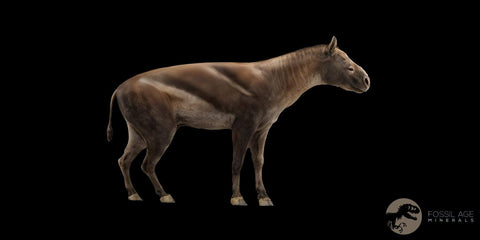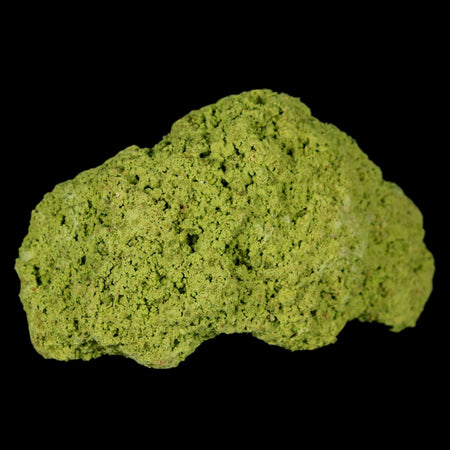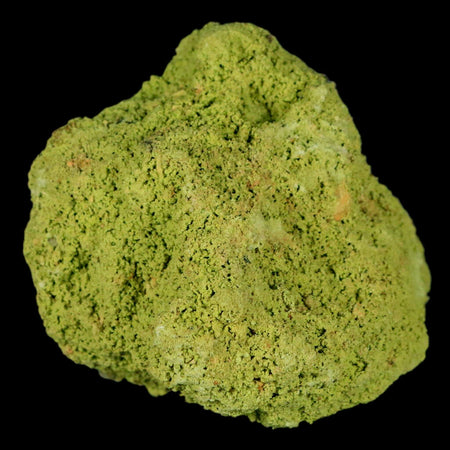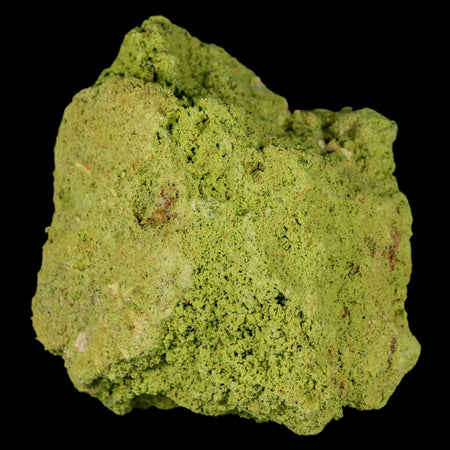1" Running Rhino Hyracodon Nebrascensis Fossil Tooth South Dakota Badlands COA
Location: South Dakota, White River Formation, Pennington County
Weight: 0.5 Ounces
Dimensions: 1 Inches Long, 0.7 Inches Wide, 0.6 Inches Thick
Comes with a Certificate of Authenticity.
Item Pictured Is The One You Will Recieve.
30-35 Million Years Old Oligocene Period
Trade in raw fossil “Rhinoceros” ivory is illegal in CA, HI, IL, NJ, NV and NY
The discovery of Rhinoceros in the Badlands of the American West was very exciting, most people never suspecting that such primitive forms of rhinoceros existed in North America. Today, living rhinoceroses consist of four genera that contain five species. Two are found in Africa; three others are restricted to Asia. Most are browsing animals but the largest species, the white rhinoceros of Africa, is a grazer. All living species possess "horns" that are composed of keratinized hair which decomposes at death and is not normally preserved in the fossil record. Although most New World rhinoceroses did not have horns, the widely distributed, males of the pig-sized Menoceros of the early Miocene had a lateral pair of horns. In North America, "rhinoceroses" of three similar lineages appeared from Asia during the Middle Eocene. Consisting of hippo-like Amynodontidae, "running rhinos" or Hyracodontidae, and true rhinoceroses, Rhinocerotidae, only true rhinoceroses adapted and diversified enough to survive into the early Pliocene
In North America, the Rhinocerotidae or true rhinos were one of the most successful groups of large mammals and following the extinction of the brontotheres, were one of the largest land mammals found on the continent until the arrival of proboscideans. Early rhinoceroses of the Badlands were hornless; many forms had four toes. Living species all have horns and only three functional toes. The largest and most common rhinoceros of the diceratherine rhinos of this family was Subhyracodon occidentalis, a species closely related to modern rhinos that was much larger and heavier Than other rhinos of this subfamily. Subhyracodon measured 8 feet long in length and was the size of a modern tapir.




















